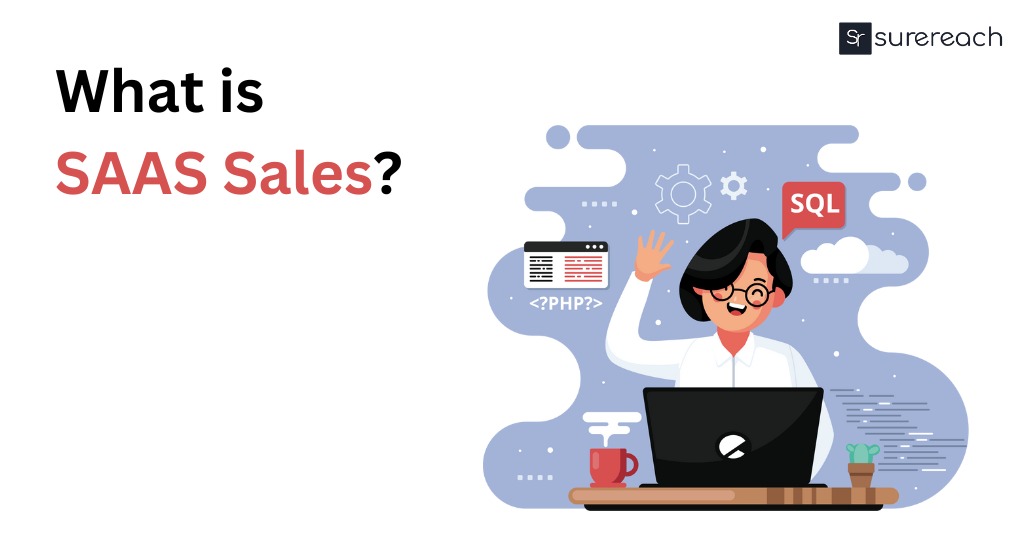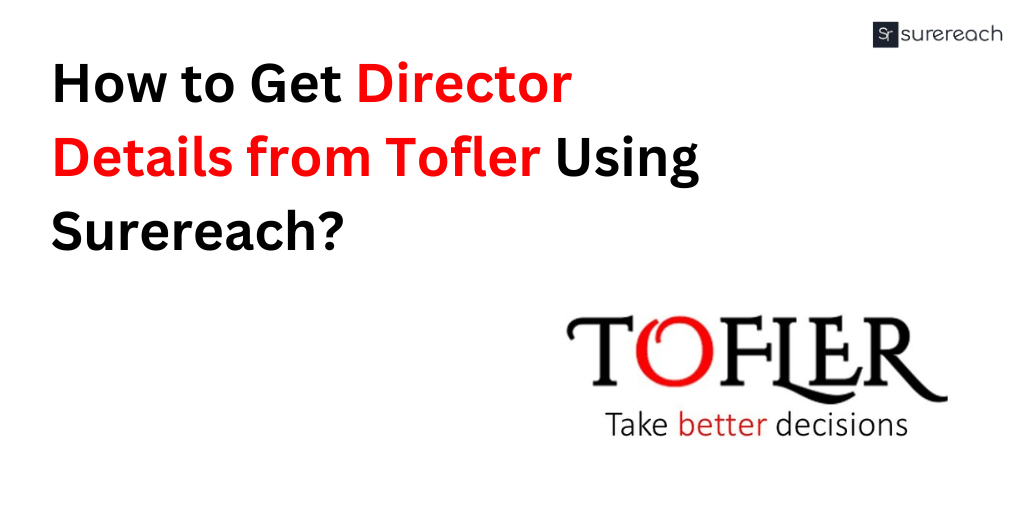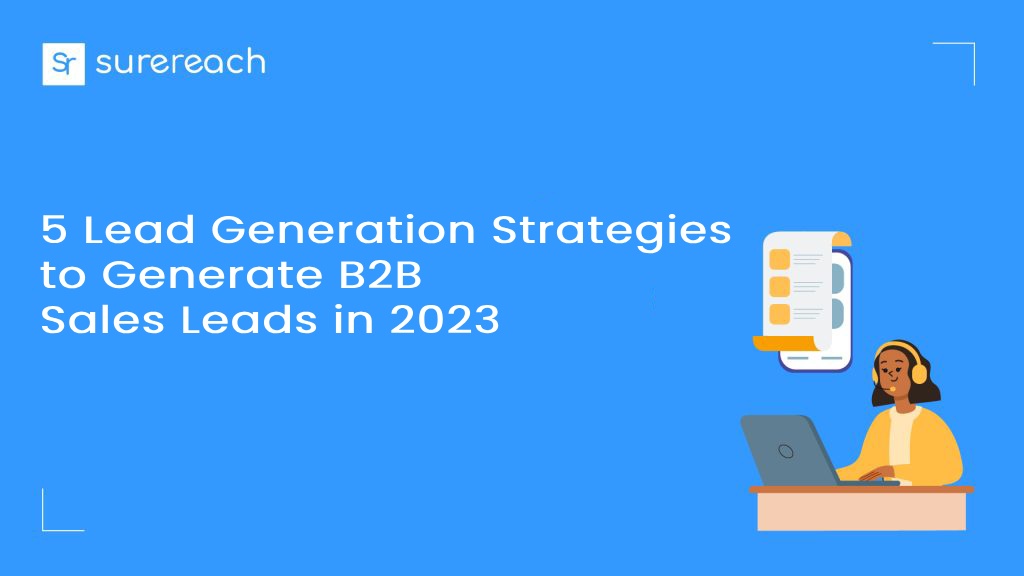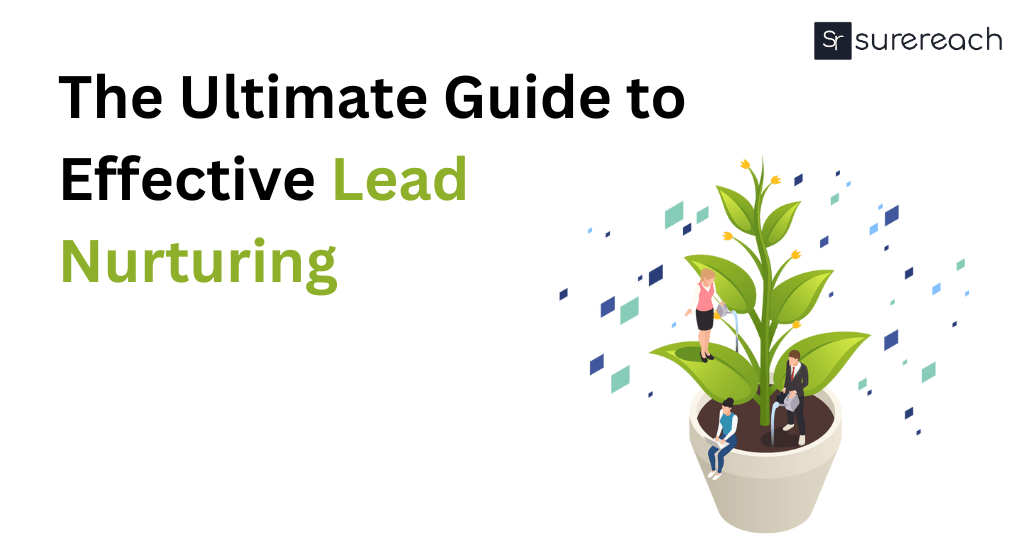SaaS Sales
Selling web-based software that users access via an online portal is known as SaaS sales. Software as a Service, or SaaS, is what companies employ to address their issues or pain points.
A customer success team oversees SaaS software, while product engineers at the supplier offer assistance. Since the price model is often subscription-based, the sales team’s main goals are to upsell current customers and keep them as well as acquire new ones.
All B2B organizations who develop software that sells have one thing in common. It is that they have carefully considered their sales process.
Your Ideal Customer Profile (ICP) marketing data should serve as the foundation for the SaaS sales process. Your ability to sell software to your target market will improve with more knowledge of that market.
What is the SaaS Sales Process ?
The SaaS sales process includes the many steps of selling web-based software products to new or current clients. Because they provide recurring income, cloud-hosted and subscription-based systems are the most frequent SaaS sales models.
SaaS Selling Process
-
Prospecting
Prospecting SaaS clients may be done in a variety of methods. It helps that they are digitally literate, which means that blog postings, white papers, and social media may be effective with this demographic.
Customers can be met in person at events and conferences. However, the majority of your prospecting will be inbound or done remotely via phone and email.
-
Qualifying
The process of deciding which of your leads is most likely to convert into a client is known as qualifying. You don’t want to try to move the rest of them down the sales funnel just to discover that they aren’t interested in what you’re offering.
A direct method of qualifying leads is to contact or email them when they sign up for a trial or a marketing activity such as a webinar. You might also utilize a lead scoring tool, such as the one provided by Surereach, to determine which of your leads is most likely to make a purchase.
-
Presenting
Face-to-face sales presentations are widespread in other businesses, but not in SaaS. You must be able to engage consumers on the phone in order to learn their problems and build a case for how your solution addresses them. The ability to discern clients’ emotions and interests based on their tone is an important aspect of the SaaS sales toolset.
Following your presentation, you will encounter client objections at several points. A smart SaaS sales person may identify gaps in a customer’s comprehension of a product and connect them to the specific feature that meets their demand.
-
Closing
At this point, the final contract details, discussions, and documentation are handled. The most prevalent impediment in this procedure is price negotiation. You should try to only entertain consumers who perceive the value in what you’re delivering. You may provide free months when clients pay yearly since it benefits both sides.
-
Self- Service Model
Since it is cheaper and a suitable alternative for selling lower-priced SaaS at a larger volume, a self-service sales approach works best when your workforce is small and your average selling price is low. This strategy employs free trials to get people to join up without the assistance of a sales representative.
If you want to use the self-service approach, you’ll need to promote your product and its value through B2B marketing.
-
Transactional Sales Model
The most prevalent sales model is the transactional model since it is the most scalable. The SaaS option is typically more expensive with a larger sales force to promote a more individualized selling strategy. Outbound lead generation teams will contact small and medium-sized enterprises in order to persuade them to buy on a tiered pricing plan.
If you want to integrate a transactional model in your sales approach, you’ll need a united sales and marketing team, in-depth SaaS sales training, and incentives to convert more hot leads.
-
Enterprise SaaS Model
Enterprise SaaS sales is the third and final model. This is the most costly model and necessitates the greatest customization and sales assistance. There are more decision-makers than usual, resulting in a lengthier SaaS sales funnel, but the incoming income is well worth it.
If you want to include an enterprise sales model into your SaaS firm, you’ll need to coordinate your product marketers, salespeople, accountants, and engineers for better customer support, stronger client connections, and more signed contracts and bills issued. To put it another way, you’ll need a whole RevOps staff to ensure a smooth selling process.
Sign up and get 20 credits for free!
We have 3 million+ contacts stored to connect you with prospects all over India
SaaS Sales is different from Traditional Sales
Physical and software-as-a-service solutions are both marketed to answer a specific need. However, selling software is distinct since the product is intangible. SaaS sales representatives must be familiar with all aspects of the digital product as well as the different problems it may answer for a prospect.
It should come as no surprise that the sales cycle will be lengthier when you consider the rigorous integration procedure required to add a SaaS solution to an existing tool stack. Because each company’s stack and needs are unique, SaaS sales professionals’ attention will need to be more personalized.
SaaS Selling
A SaaS sales cycle takes an average of 84 days. Sales cycles with an annual contract value ACV of less than $5,000 are typically shorter, lasting about 40 days. Several factors can influence the length of your company’s sales cycle, including:
- Its cost
- Its complication
- Its intended audience
- Duration of the free trial
However, you should not rush it. Reducing your free trial period to seven days may expedite the process, but it may jeopardize your conversion rates. The objective should always be to maximize acquisition, retention, and growth while minimizing waste.
Conclusion
The SaaS sector is broad enough that whether you have a sales force or not, you can generate recurring income. It all boils down to your product and how well it suits the sales process and target market of the organization.
However, you should carefully pick a price plan that best matches your product, do research, discover qualified leads, and strive to convert them into loyal customers by nurturing them continually.
Ready to optimize your SaaS sales approach and increase critical KPIs for your target customers? Get your free demo right now!








Sanidhya Arora
More posts by Sanidhya Arora